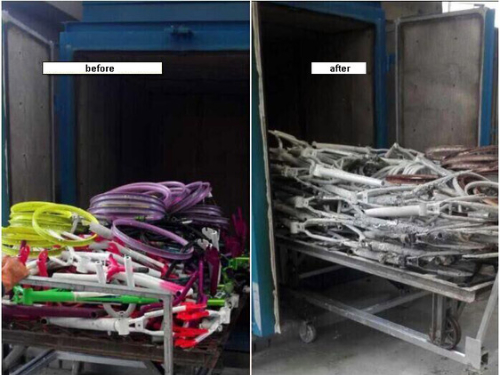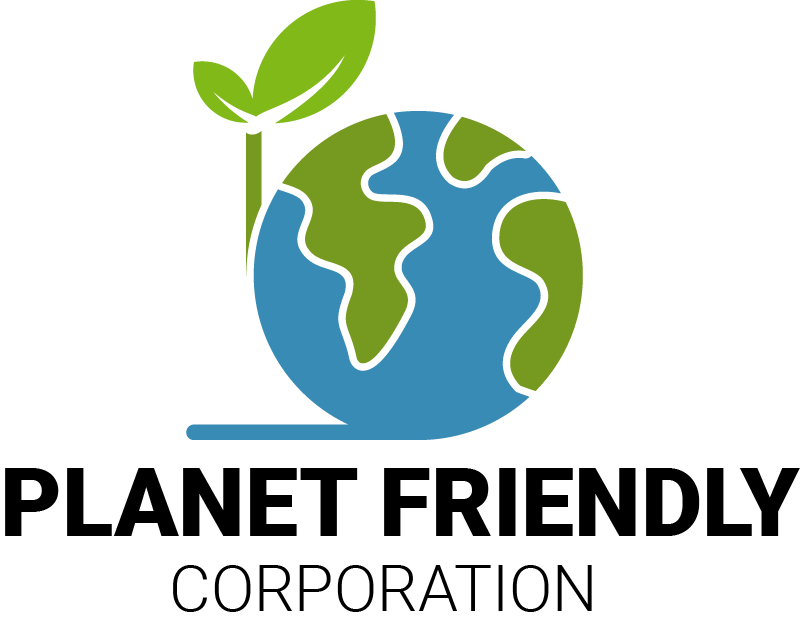Powder coating burn off is a process that involves heating a substrate to remove organic contaminants before applying powder coating. It is necessary to ensure a clean surface, promoting better adhesion and preventing issues like blistering or uneven coating.
The temperature for the burn-off process in powder coating varies depending on the type of substrate and the nature of contaminants. Generally, temperatures range from 400 to 800 degrees Fahrenheit (204 to 427 degrees Celsius) to effectively remove organic materials.
While many materials can undergo the burn-off process, it's essential to consider the specific characteristics of each substrate. Metals such as steel and aluminum are commonly subjected to powder coating burn off, but certain plastics or heat-sensitive materials may require alternative preparation methods.
The burn-off process ensures the removal of oils, grease, and other contaminants from the substrate, creating a clean surface. This, in turn, enhances the adhesion of the powder coating, promotes uniform coverage, and minimizes the risk of defects, ultimately resulting in a more durable and attractive finish.
The powder coating burn-off process may involve the release of fumes and emissions, depending on the contaminants being removed. It is crucial to conduct the process in a controlled environment with proper ventilation systems to minimize environmental impact. Additionally, some facilities may implement measures to capture and treat emissions responsibly.



